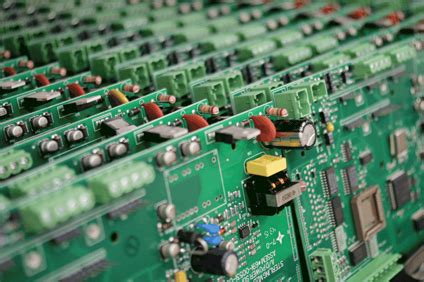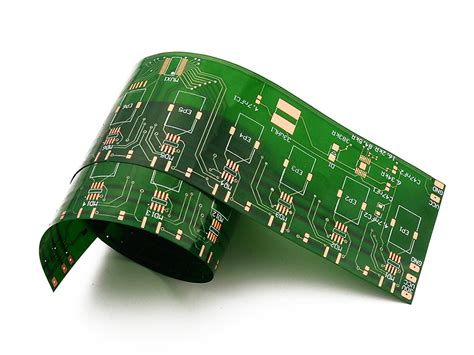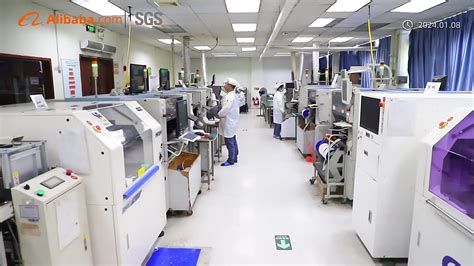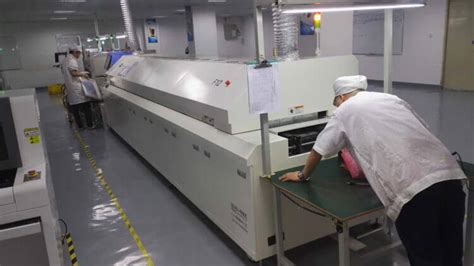PCB Engineering Support: A Comprehensive Overview
Introduction
Printed Circuit Board (PCB) engineering support plays a crucial role in the design, manufacturing, and testing of electronic devices. As PCBs become more complex with advancements in technology, the need for specialized engineering support has grown significantly. This article explores the various aspects of PCB engineering support, including design assistance, manufacturing optimization, testing, troubleshooting, and emerging trends in the industry.
1. The Role of PCB Engineering Support
PCB engineering support encompasses a wide range of services aimed at ensuring the successful development and deployment of PCBs. Key responsibilities include:
- Design Assistance: Helping engineers optimize PCB layouts for performance, manufacturability, and cost.
- Manufacturing Support: Ensuring that designs meet fabrication and assembly requirements.
- Testing & Validation: Conducting electrical, thermal, and signal integrity tests.
- Troubleshooting & Debugging: Identifying and resolving issues in PCB prototypes or production units.
- Compliance & Certification: Ensuring PCBs meet industry standards (IPC, ISO, UL, etc.).
2. PCB Design Support
2.1 Schematic Design & Layout Optimization
Engineering support teams assist in creating schematics that accurately represent the circuit functionality. They also optimize PCB layouts by:
- Ensuring proper trace routing to minimize signal interference.
- Managing power distribution networks (PDNs) to avoid voltage drops.
- Implementing high-speed design techniques for RF and digital circuits.
2.2 Design for Manufacturability (DFM)
DFM guidelines help reduce production defects and costs. Engineering support teams review designs for:
- Proper component spacing and orientation.
- Adequate solder mask and silkscreen clearances.
- Optimal layer stack-up for impedance control.
2.3 Design for Testability (DFT)
DFT ensures that PCBs can be efficiently tested during production. Techniques include:
- Adding test points for automated optical inspection (AOI).
- Incorporating boundary scan (JTAG) for complex boards.
- Designing for in-circuit testing (ICT) and functional testing.

3. Manufacturing & Assembly Support
3.1 Fabrication Guidance
PCB engineering support teams work closely with manufacturers to:
- Select appropriate materials (FR-4, Rogers, flexible substrates).
- Define tolerances for trace width, spacing, and hole sizes.
- Ensure proper plating and surface finishes (ENIG, HASL, OSP).
3.2 Assembly Process Optimization
Support engineers assist in:
- Component placement strategies to minimize soldering defects.
- Reflow and wave soldering profile adjustments.
- Handling of fine-pitch components and BGAs.
3.3 Supply Chain & Component Selection
Engineering support helps in:
- Identifying alternative components during shortages.
- Validating second-source parts for reliability.
- Managing obsolescence risks for long-lifecycle products.
4. Testing & Validation
4.1 Electrical Testing
- Continuity Testing: Ensures no open or short circuits.
- Impedance Testing: Validates signal integrity in high-speed designs.
- Power Integrity Analysis: Checks for stable voltage delivery.
4.2 Signal Integrity & EMI/EMC Testing
- Signal Integrity (SI): Analyzes crosstalk, reflections, and timing issues.
- EMI/EMC Compliance: Ensures the PCB meets regulatory standards (FCC, CE).
4.3 Thermal & Mechanical Testing
- Thermal Analysis: Identifies hotspots and ensures proper heat dissipation.
- Vibration & Shock Testing: Validates durability in harsh environments.
5. Troubleshooting & Failure Analysis
5.1 Common PCB Issues
- Soldering Defects: Cold joints, bridging, or tombstoning.
- Signal Integrity Problems: Crosstalk, ground bounce, or impedance mismatches.
- Power Delivery Failures: Excessive noise or voltage drops.
5.2 Debugging Techniques
- Microscopic Inspection: Detects assembly defects.
- X-ray Imaging: Examines hidden solder joints (e.g., BGAs).
- Oscilloscope & Logic Analyzer Debugging: Traces signal anomalies.
5.3 Root Cause Analysis (RCA)
Engineering support teams use RCA methodologies to determine the source of failures and implement corrective actions.
6. Emerging Trends in PCB Engineering Support
6.1 AI & Machine Learning in PCB Design
- Automated design rule checks (DRC).
- Predictive analytics for failure prevention.
6.2 Advanced Materials & High-Density Interconnects (HDI)
- Use of flexible and rigid-flex PCBs.
- Adoption of embedded components.
6.3 IoT & Industry 4.0 Integration
- Smart manufacturing with real-time PCB monitoring.
- Digital twin simulations for design validation.
7. Conclusion
PCB engineering support is essential for developing reliable, high-performance electronic products. From design optimization to manufacturing and testing, engineering teams ensure that PCBs meet quality, performance, and compliance standards. As technology evolves, the role of PCB engineering support will continue to expand, incorporating AI, advanced materials, and smart manufacturing techniques to drive innovation.
By leveraging expert engineering support, companies can reduce time-to-market, improve product reliability, and stay competitive in the fast-paced electronics industry.
This article provides a detailed overview of PCB engineering support. Let me know if you’d like any sections expanded or modified!






